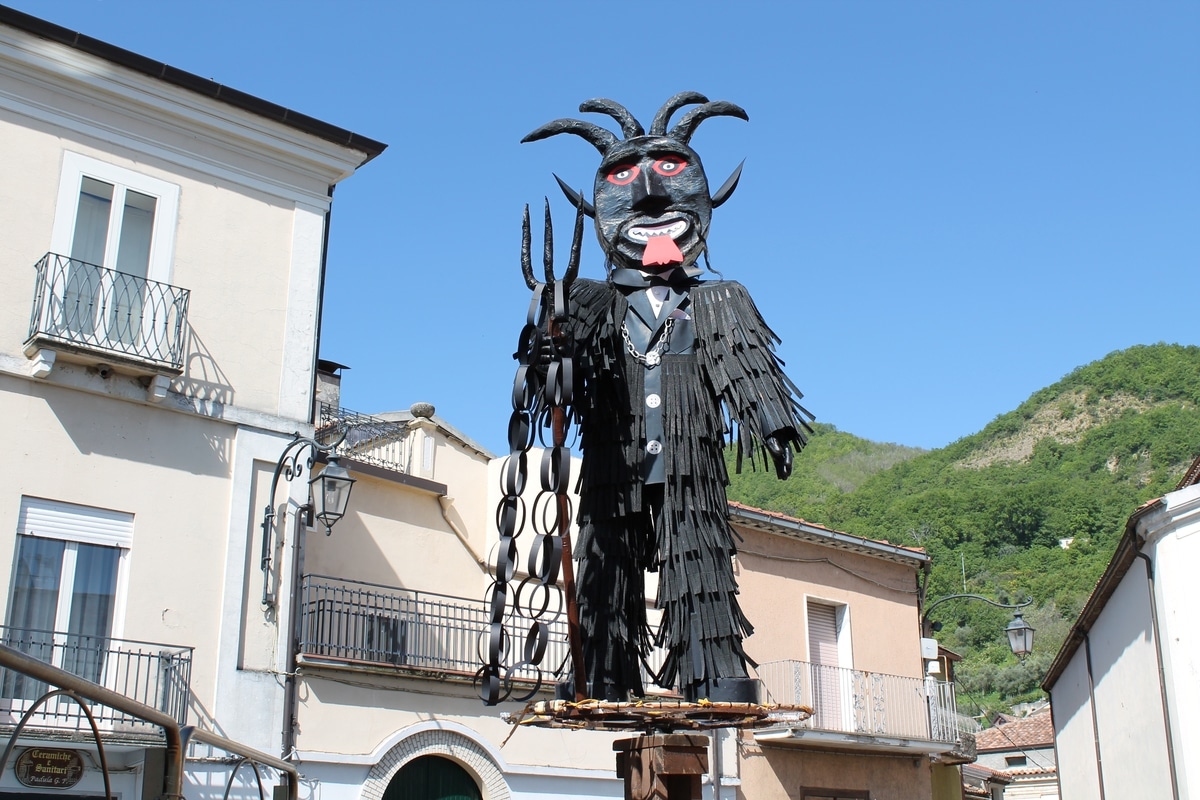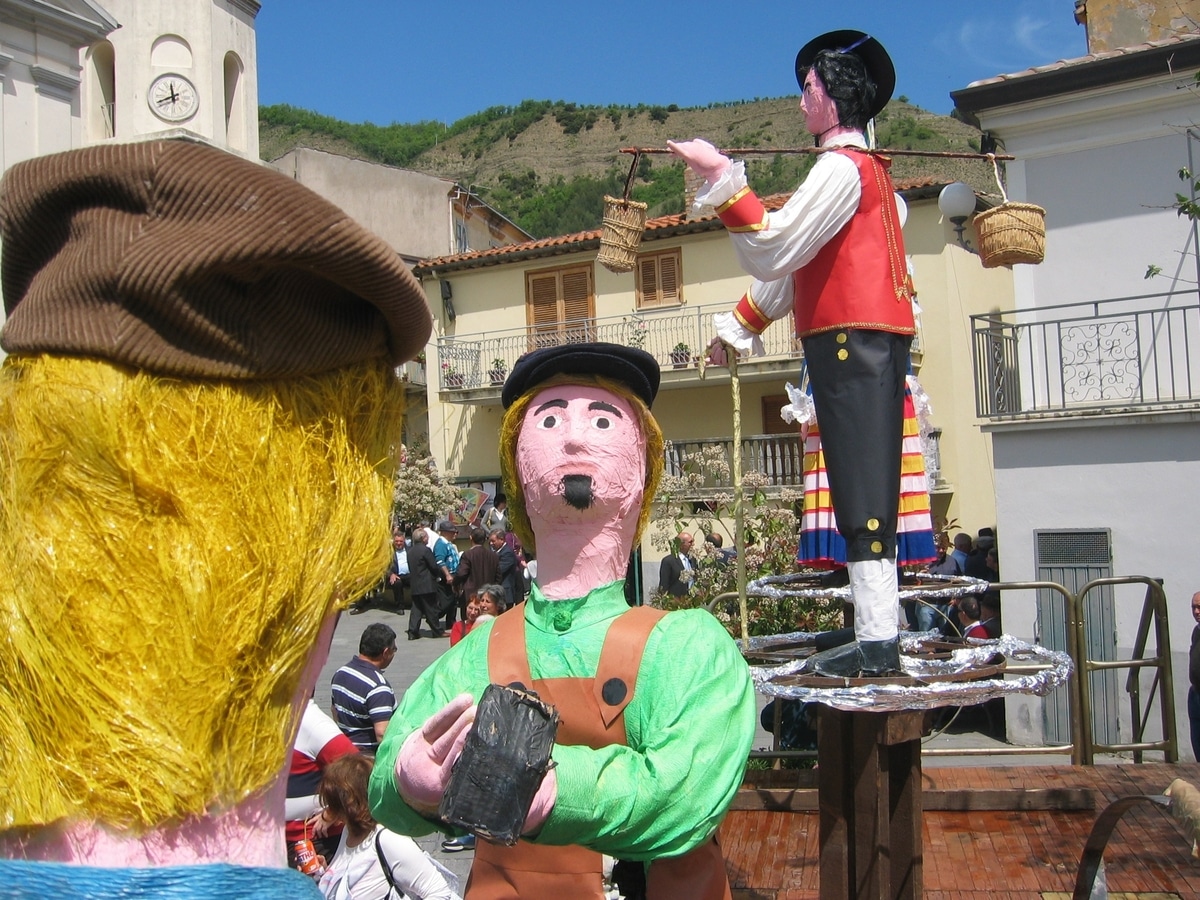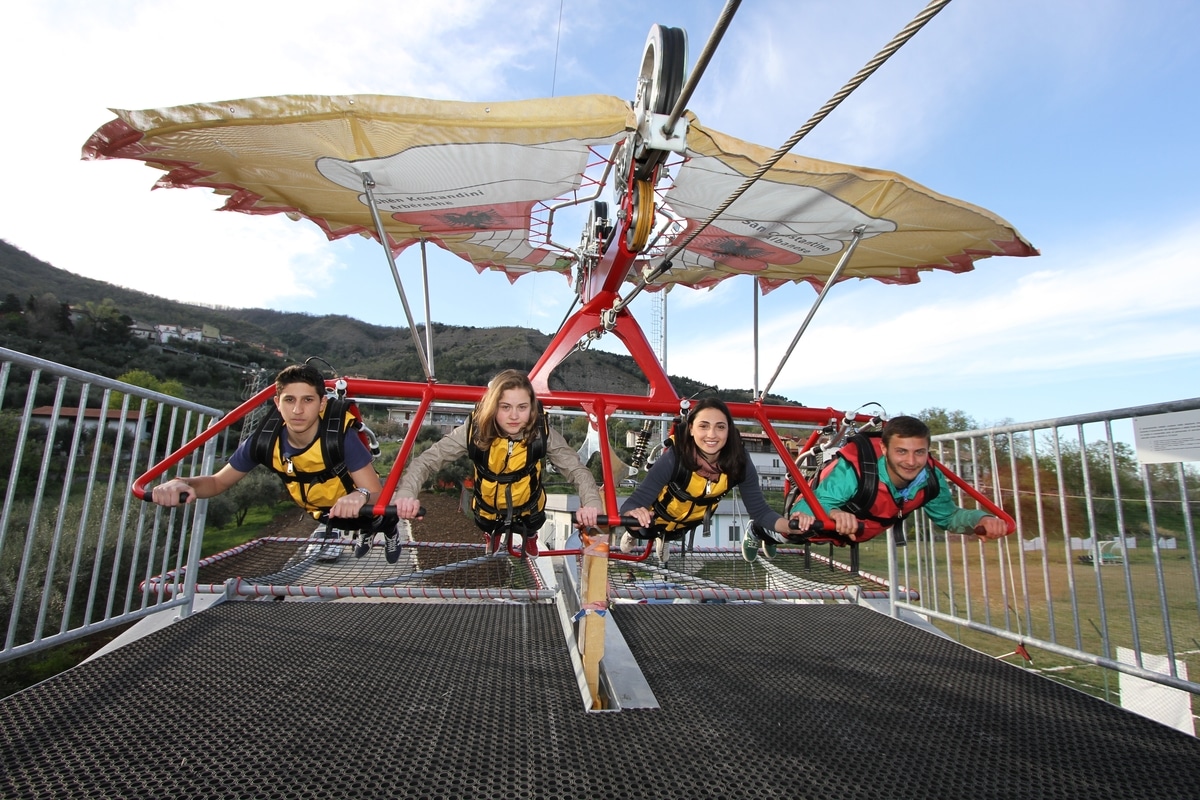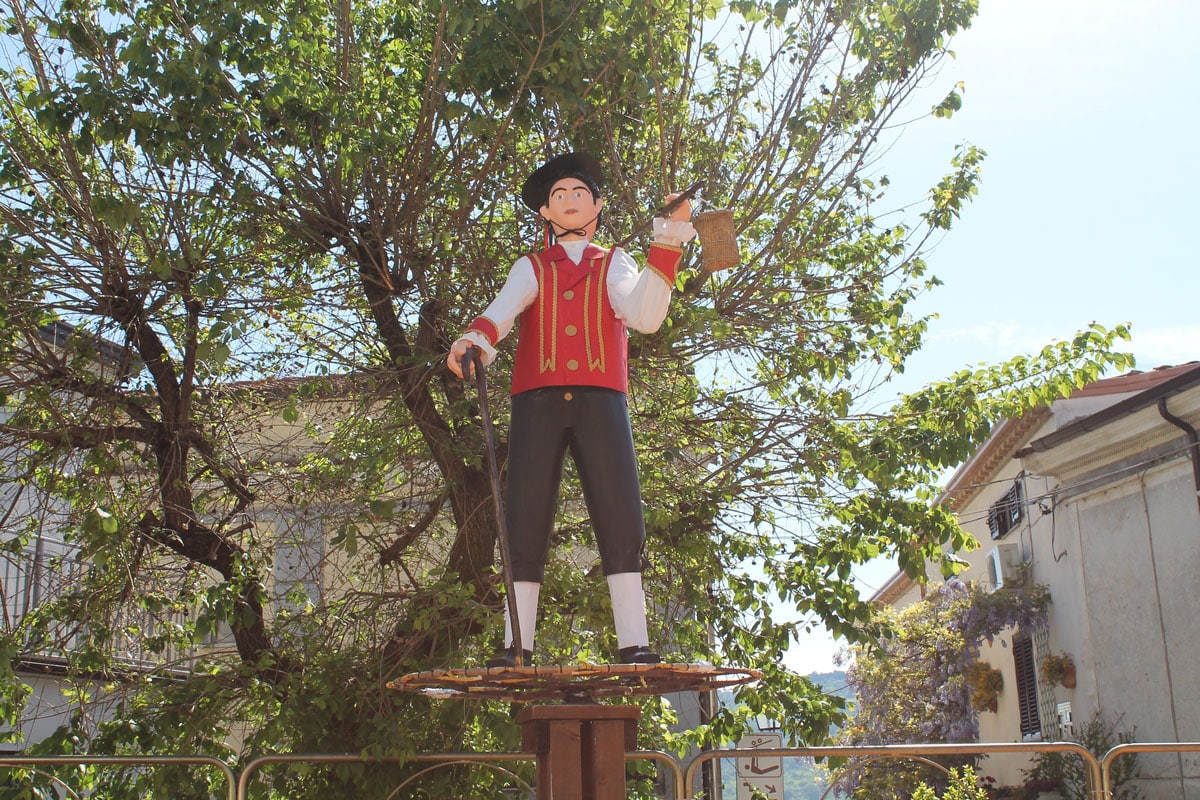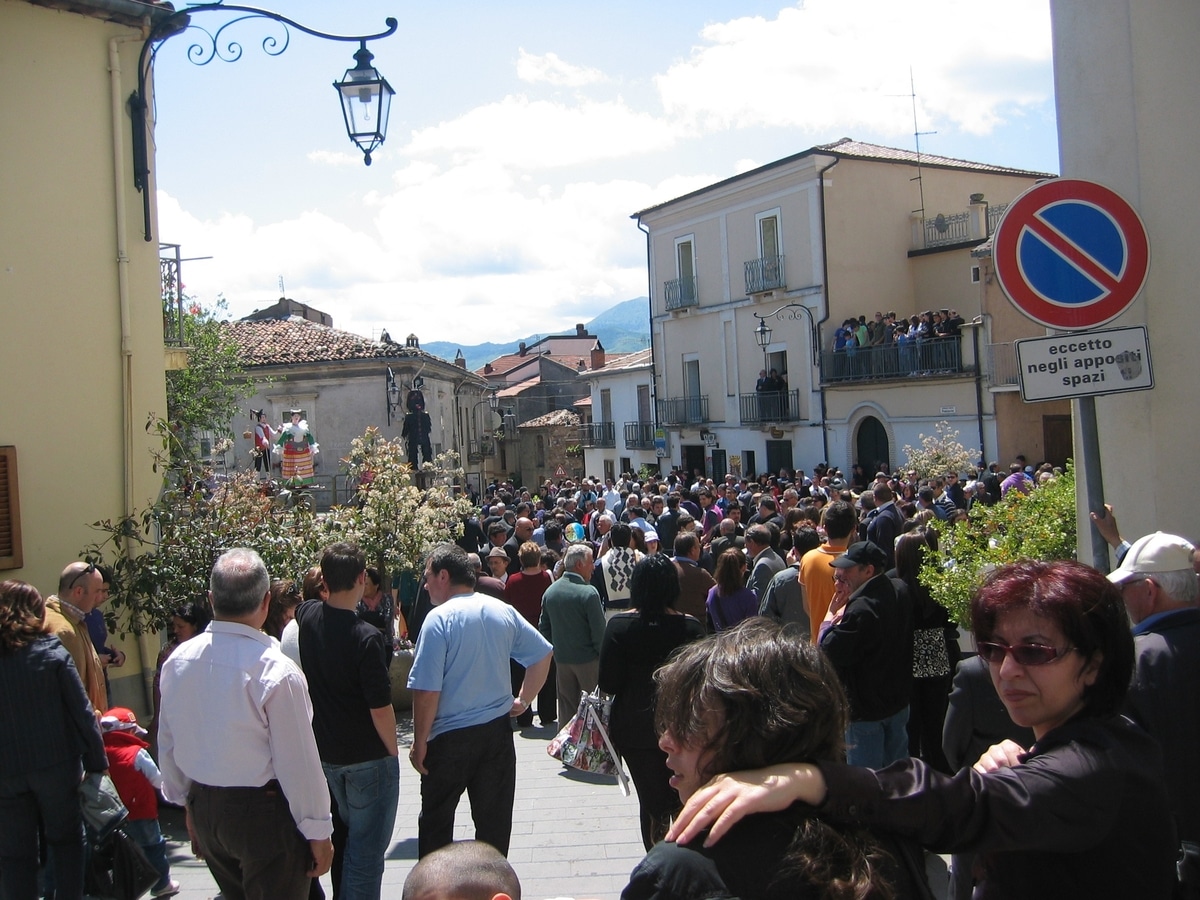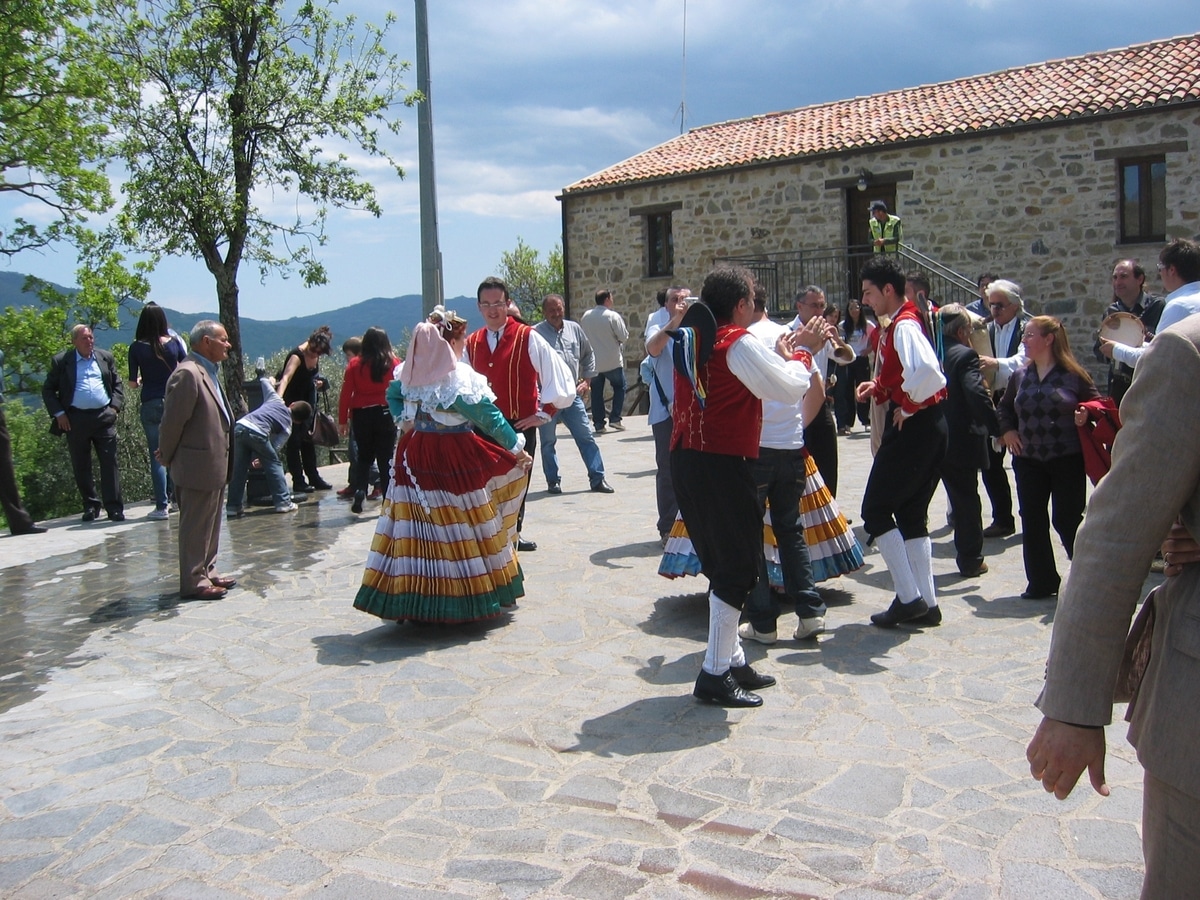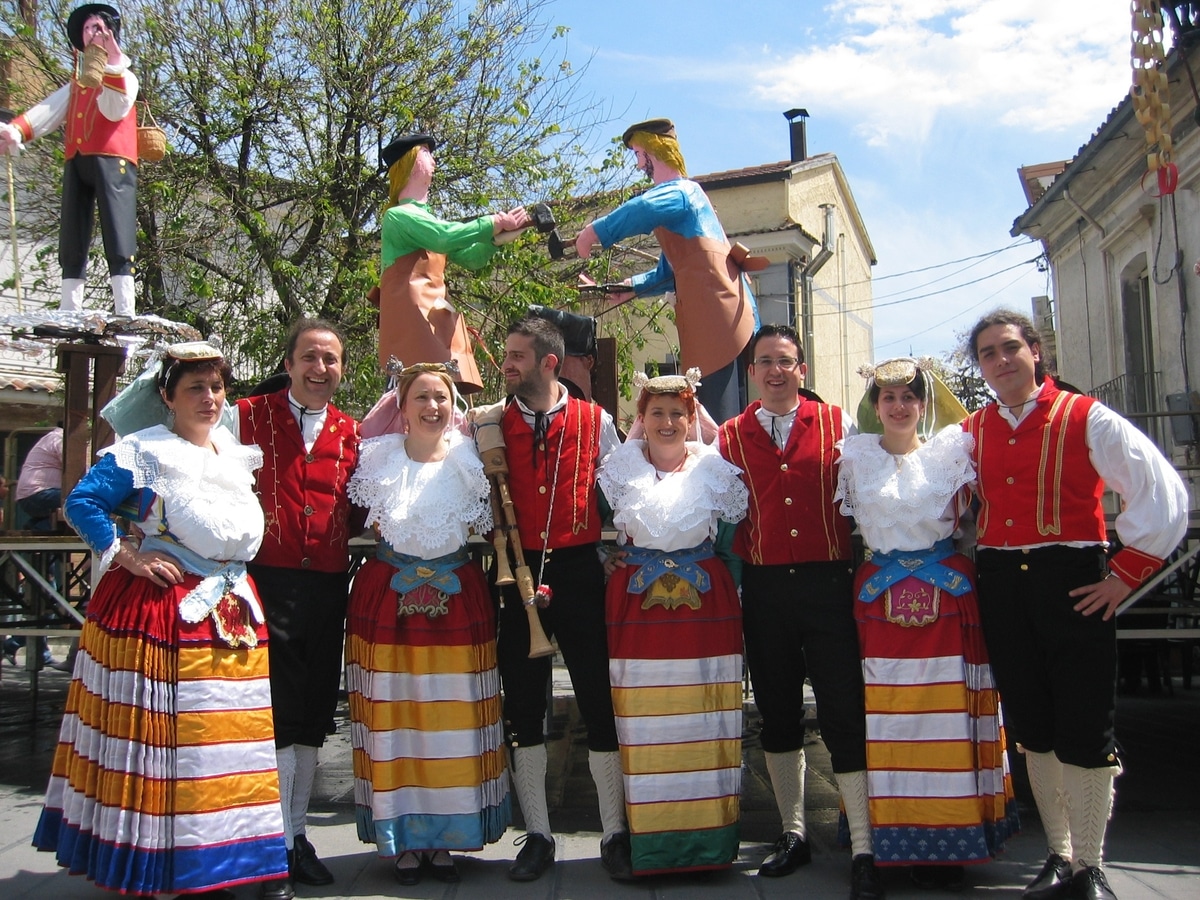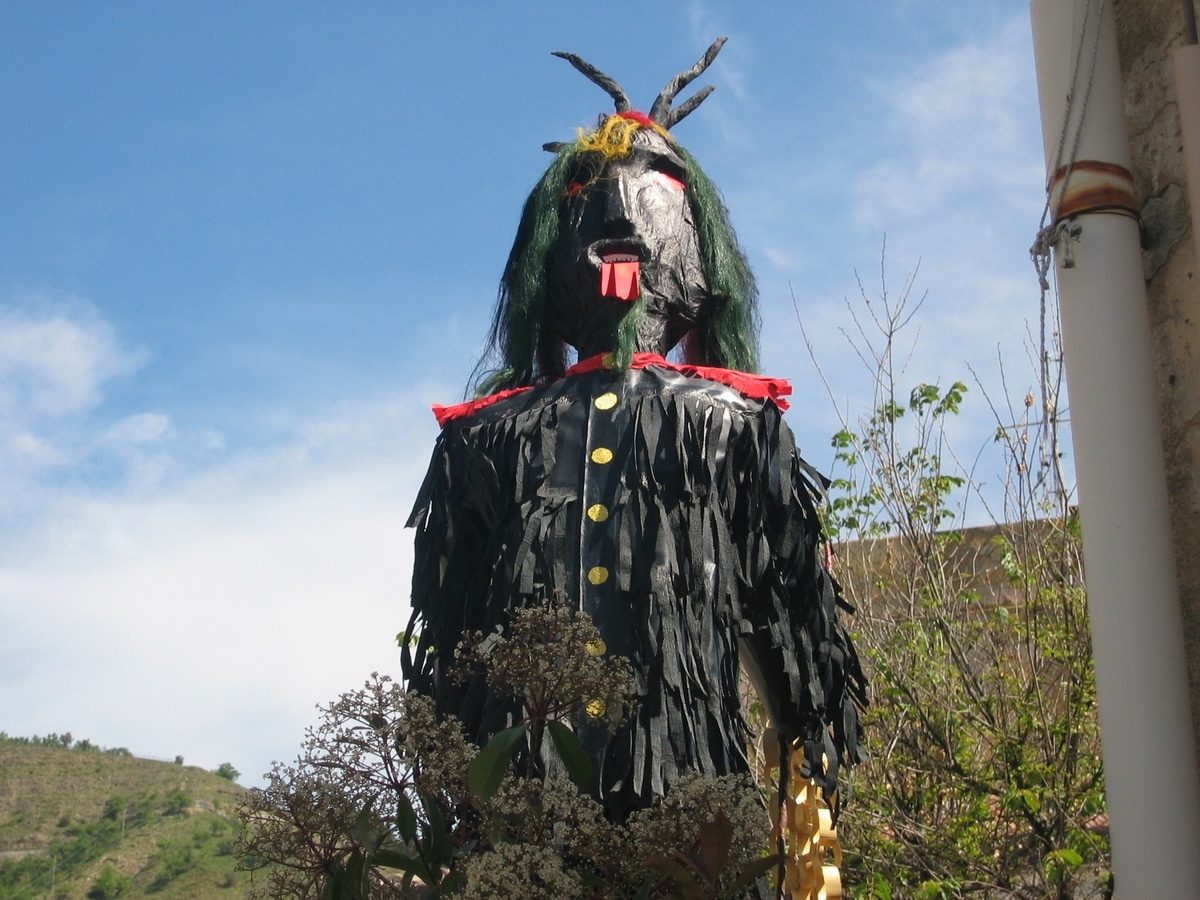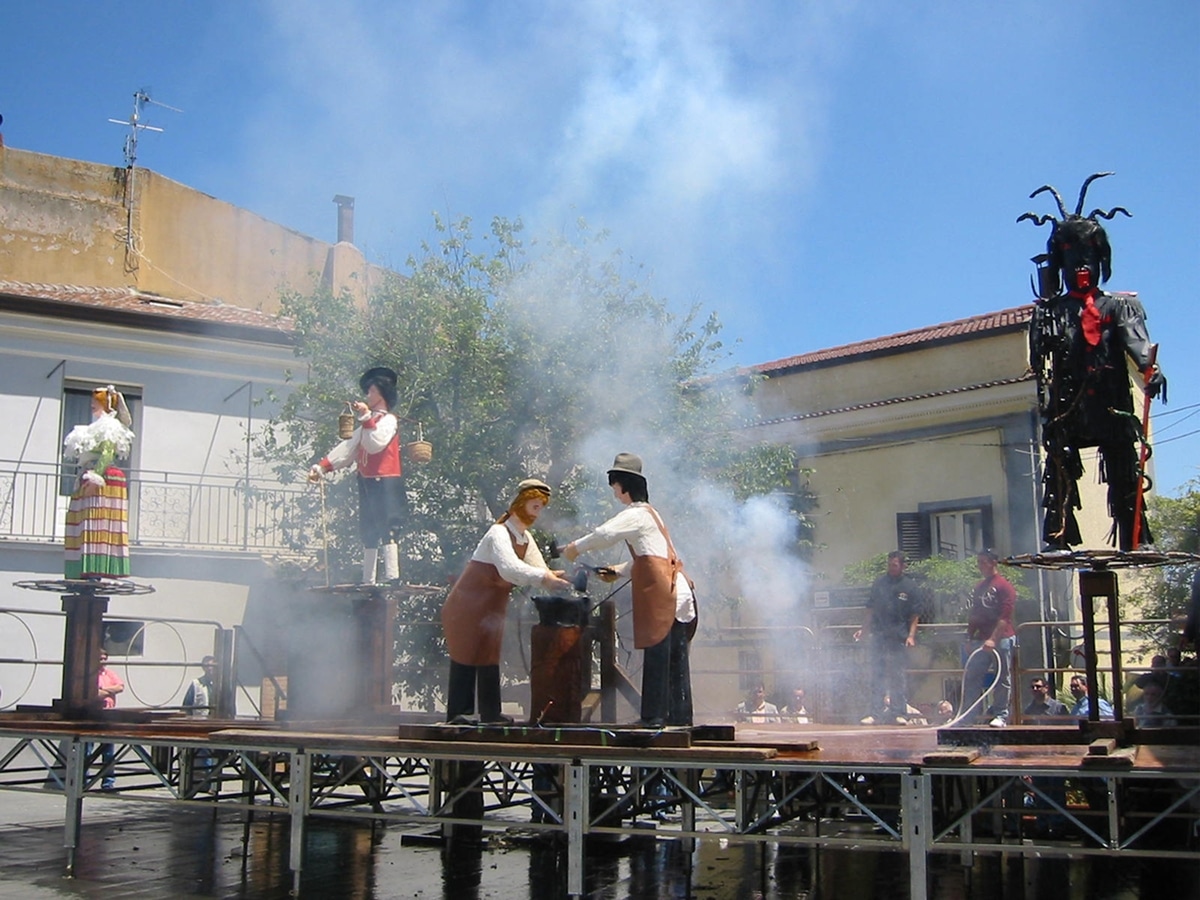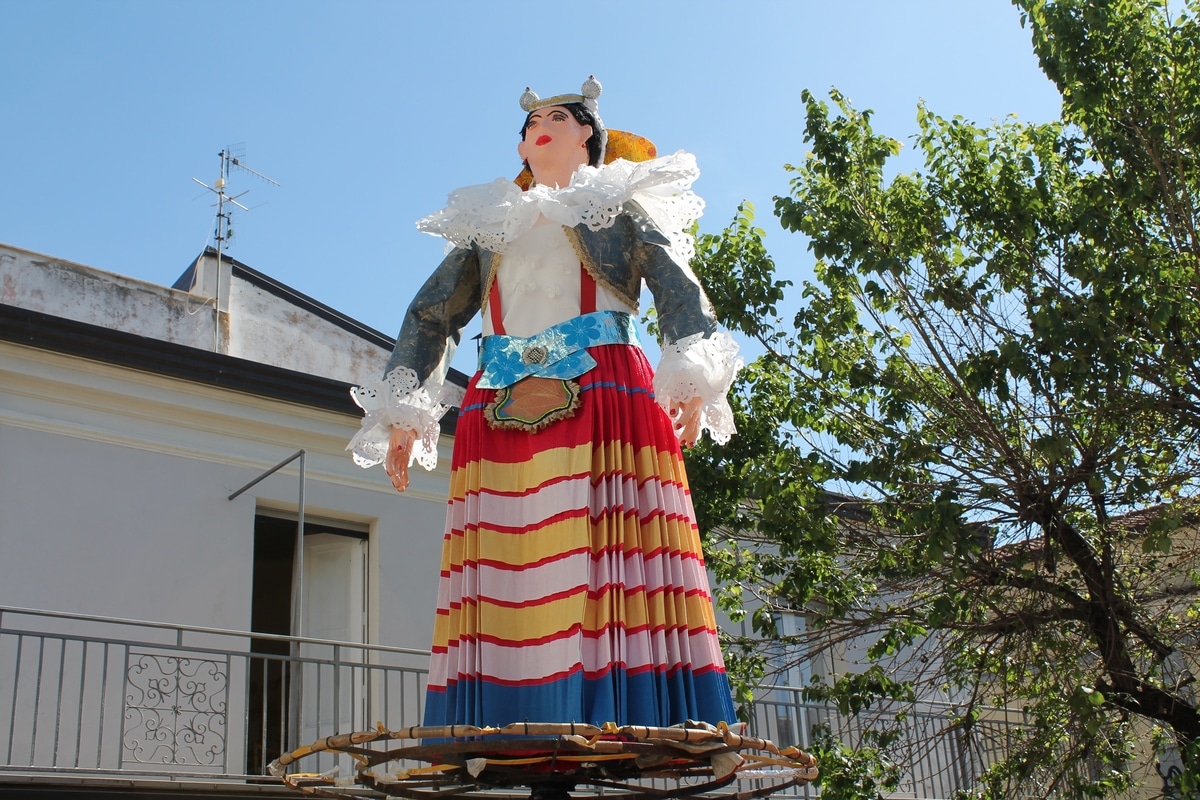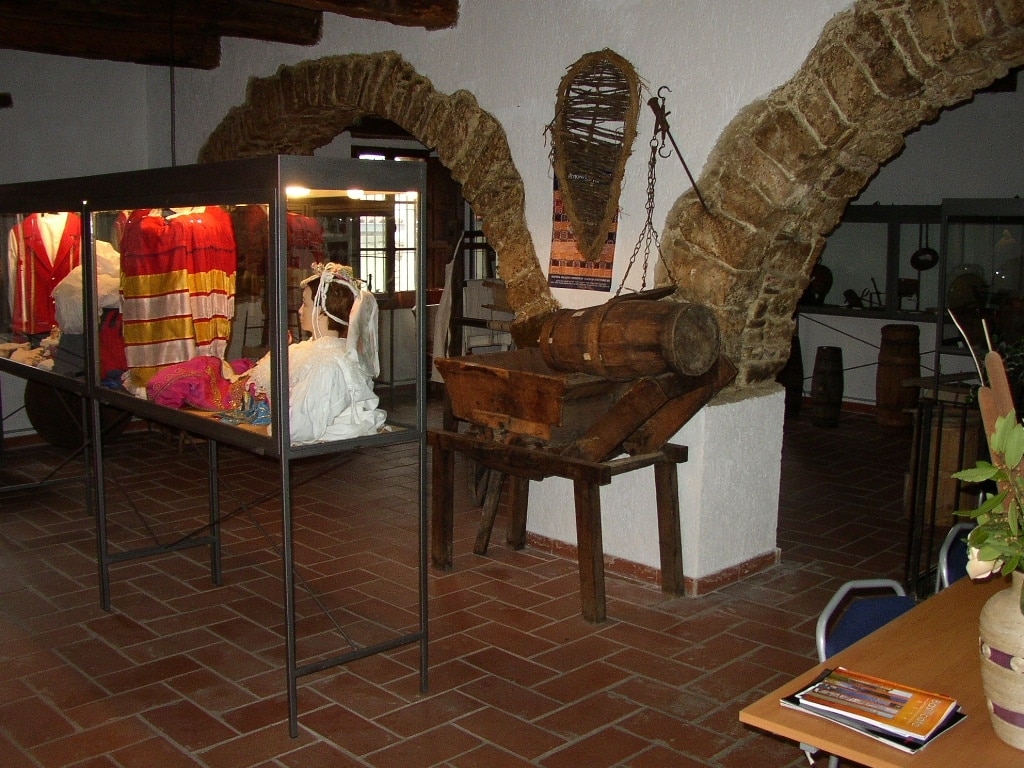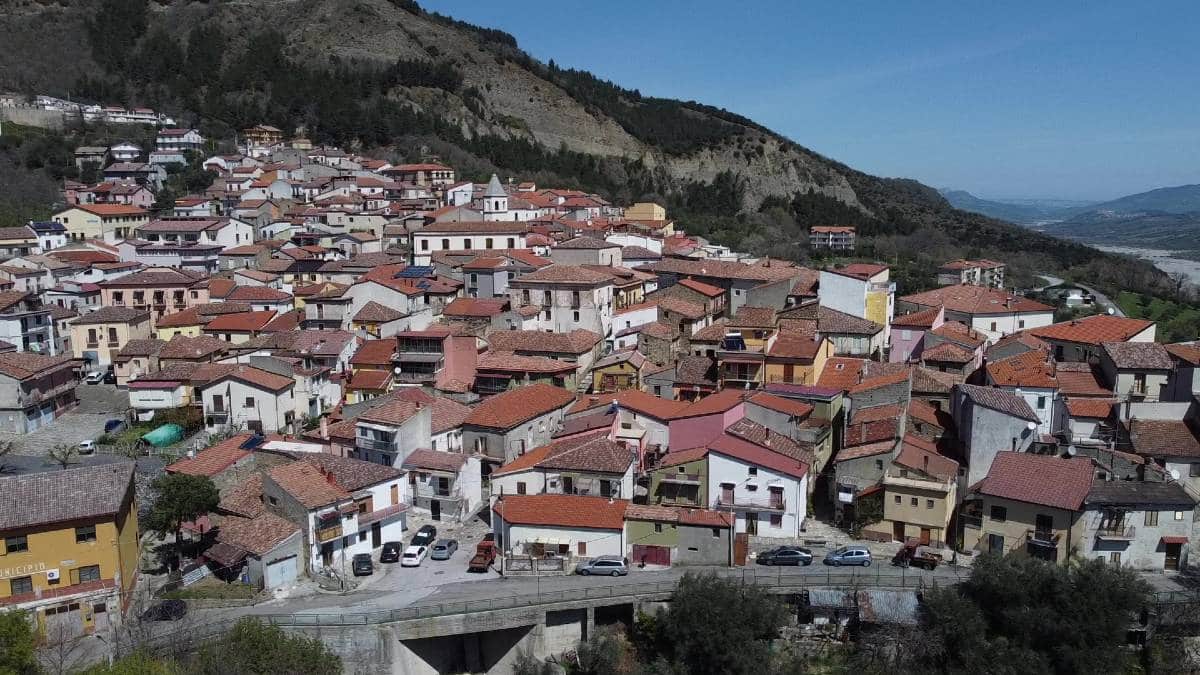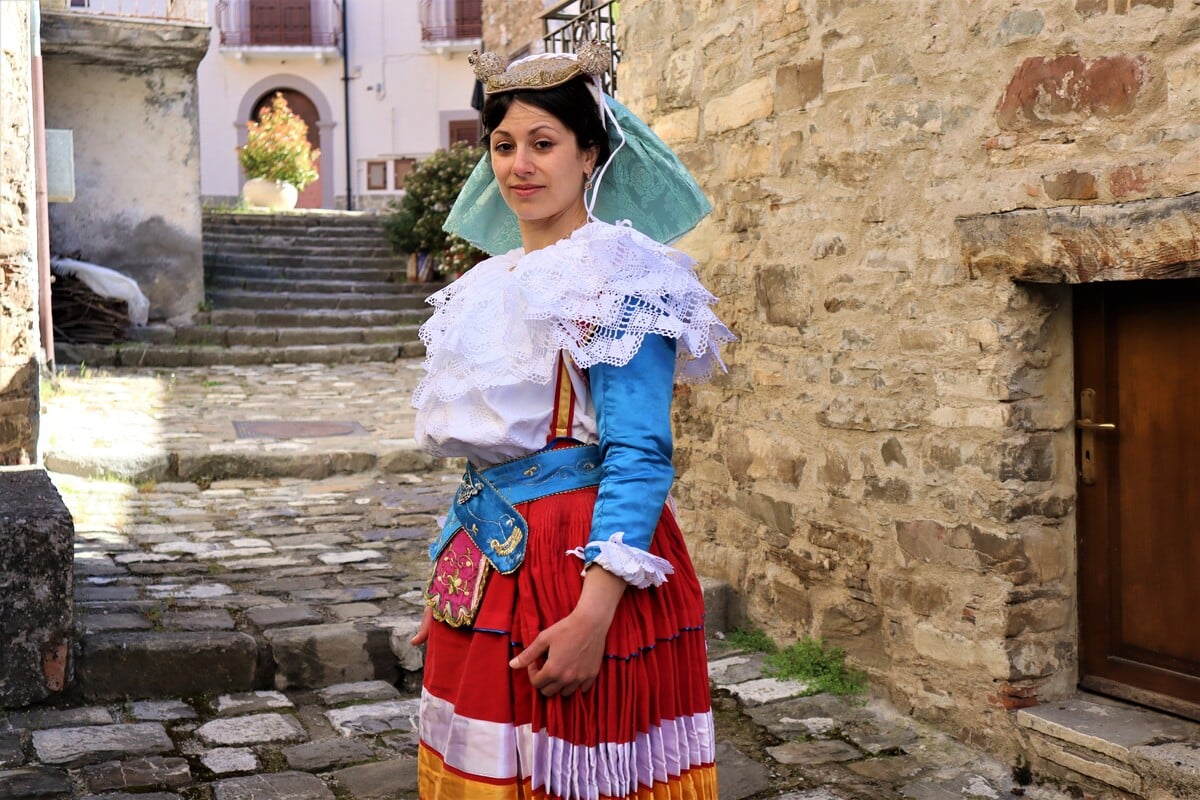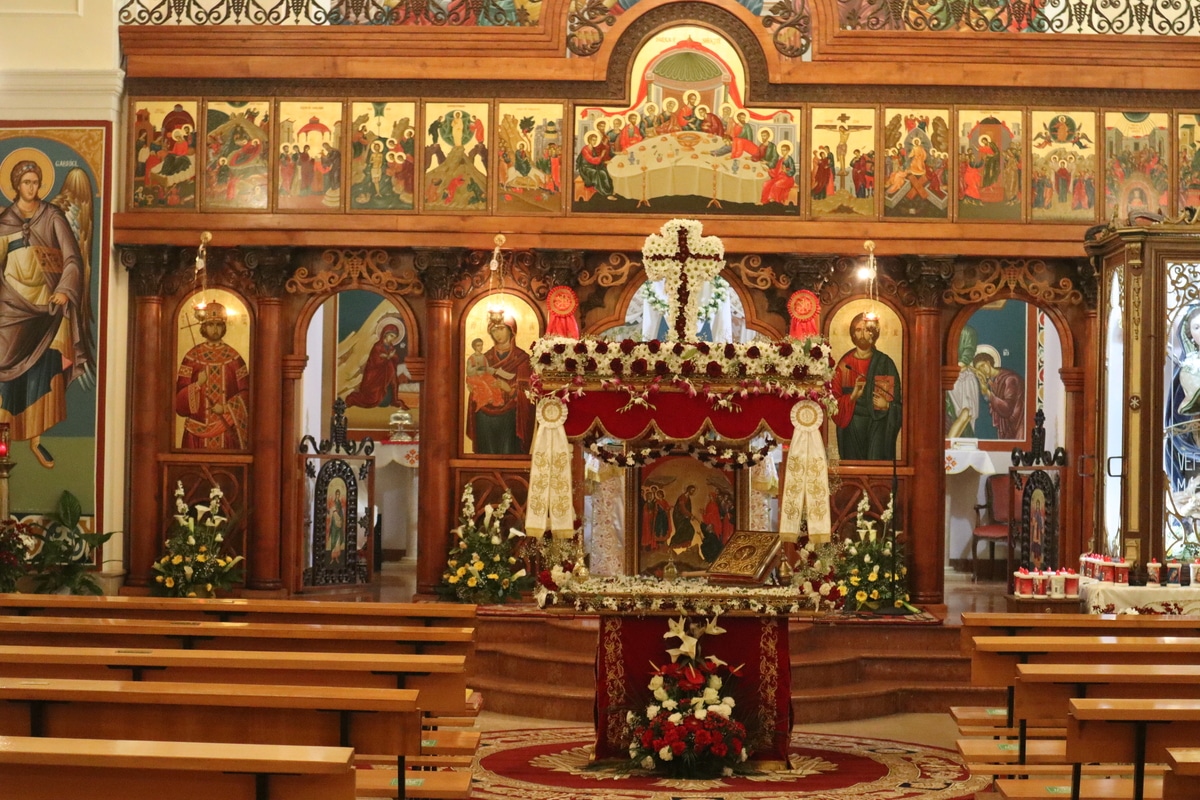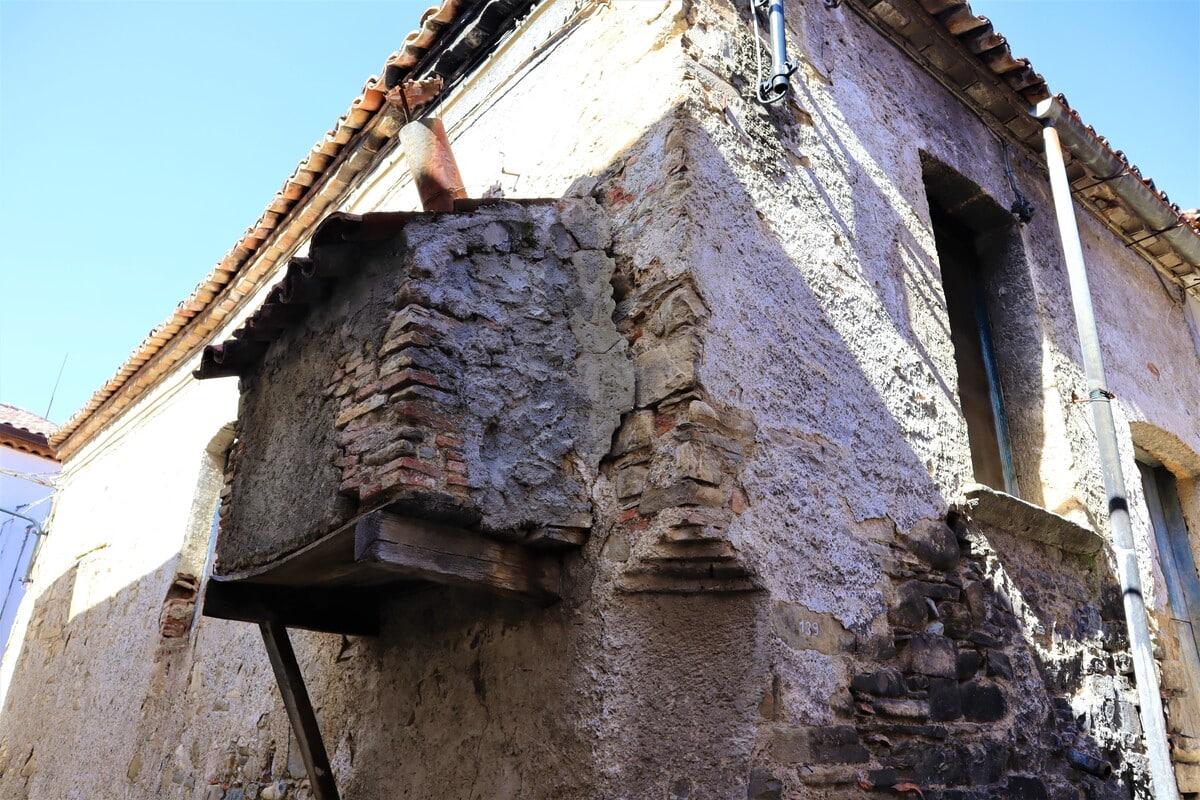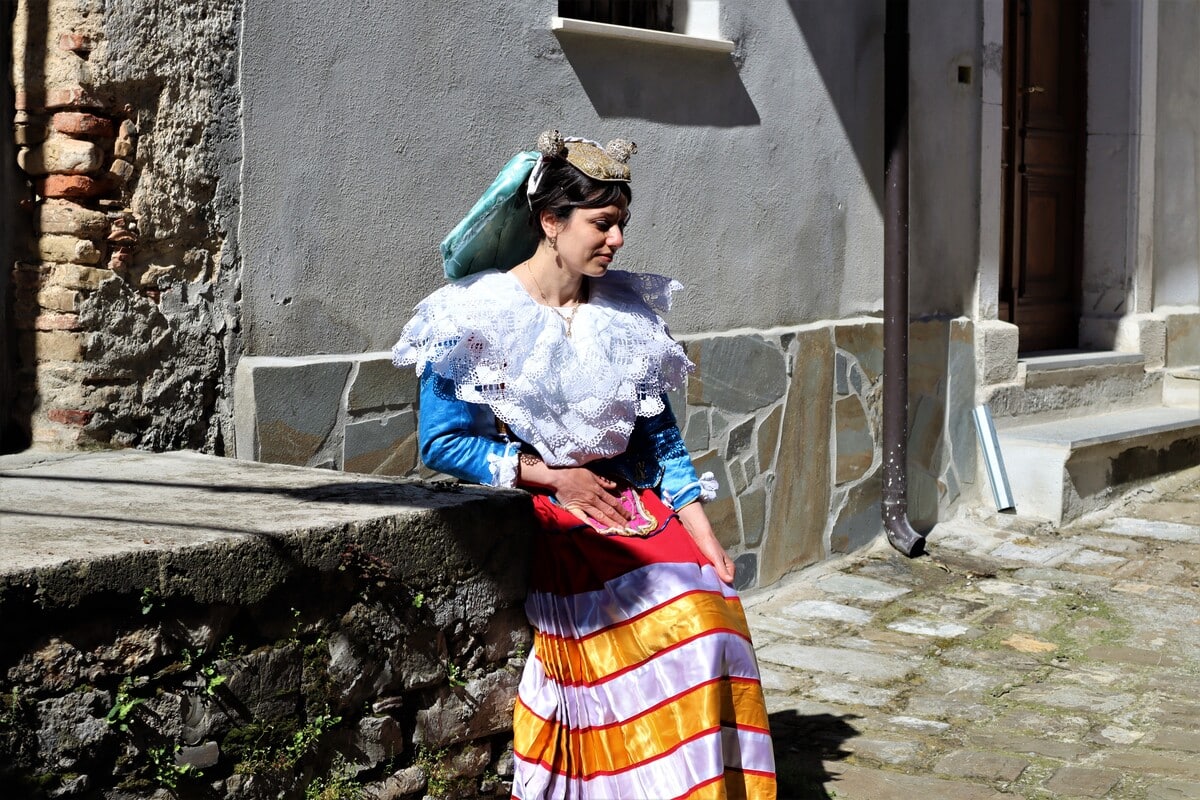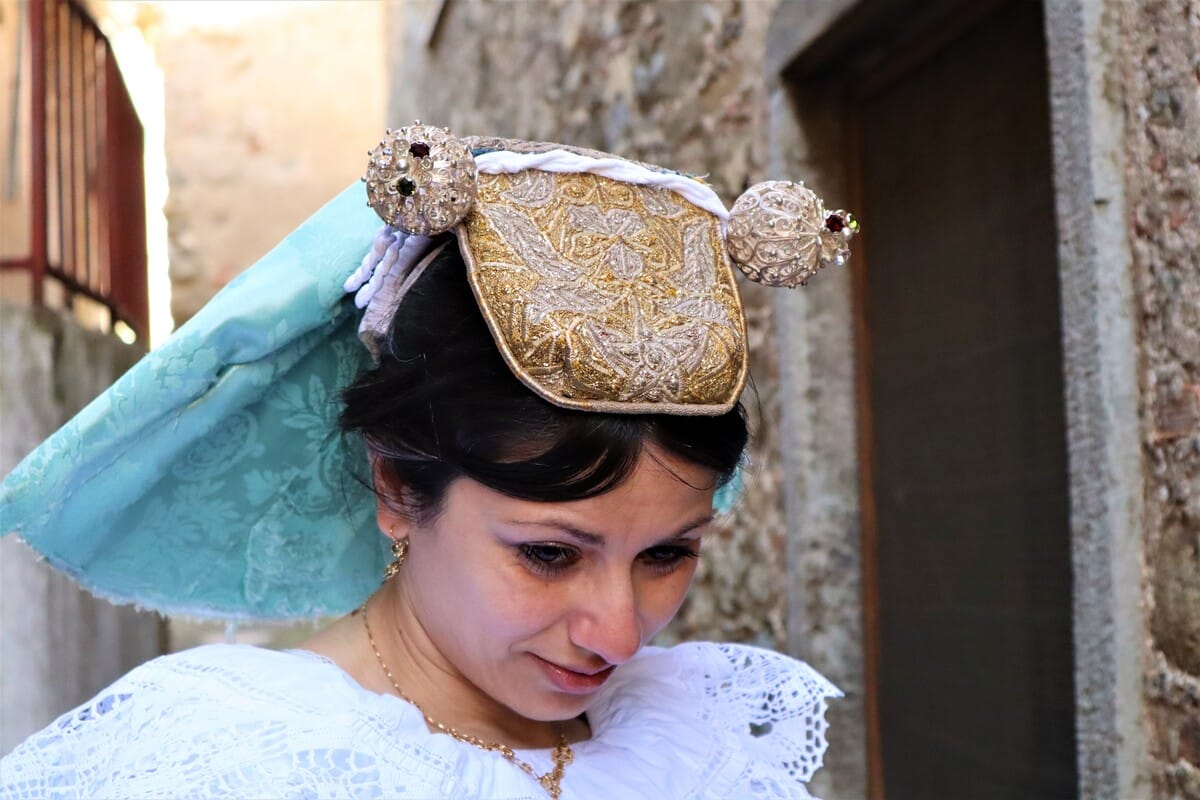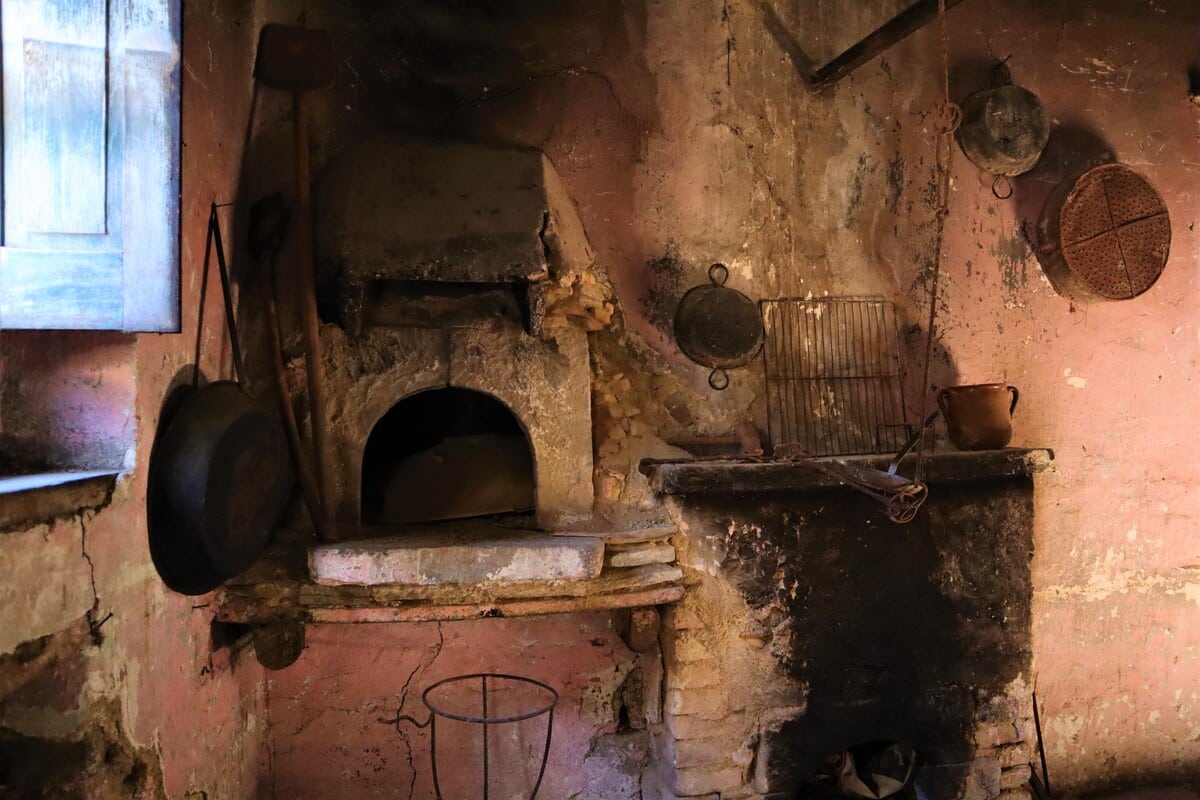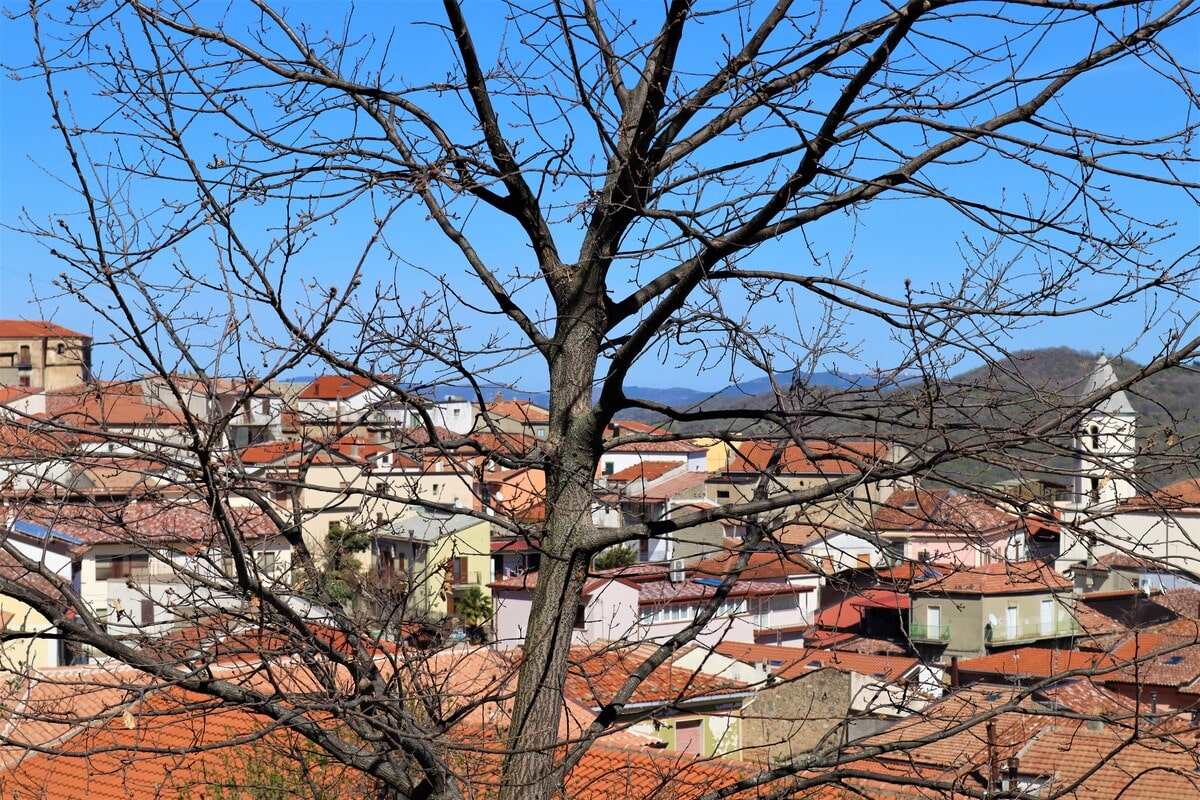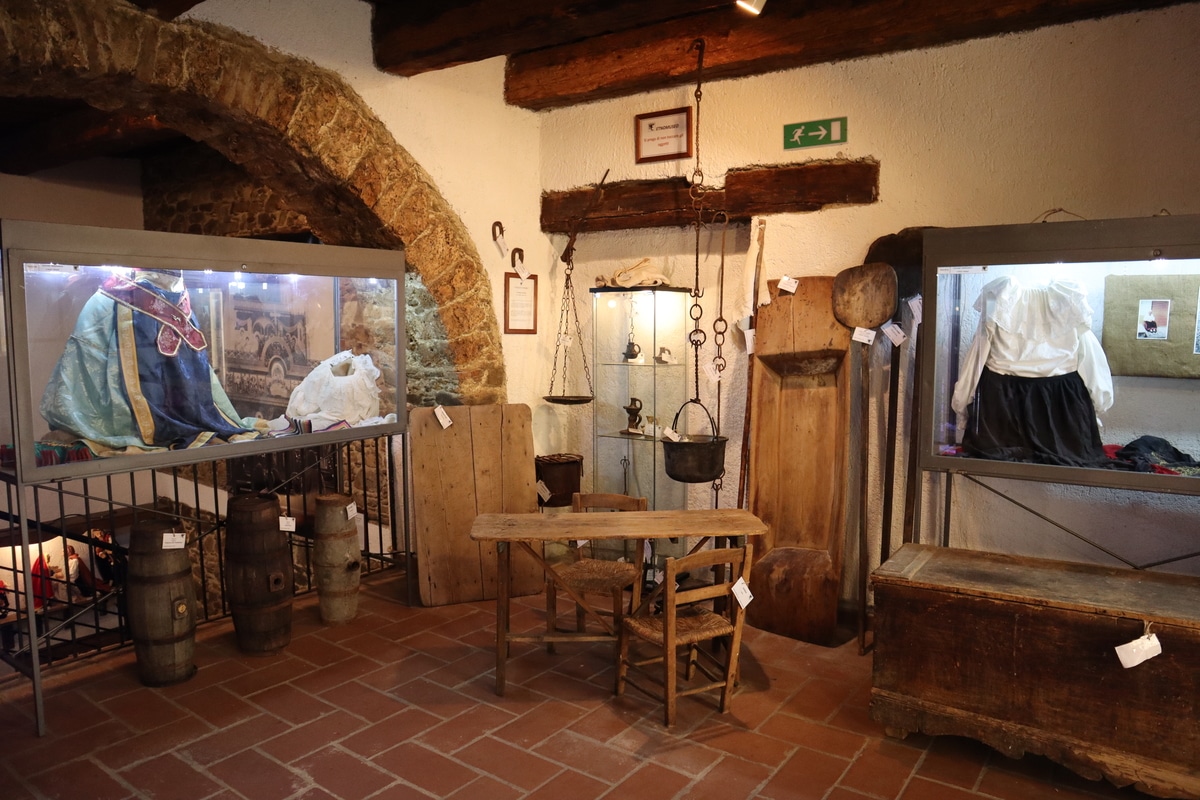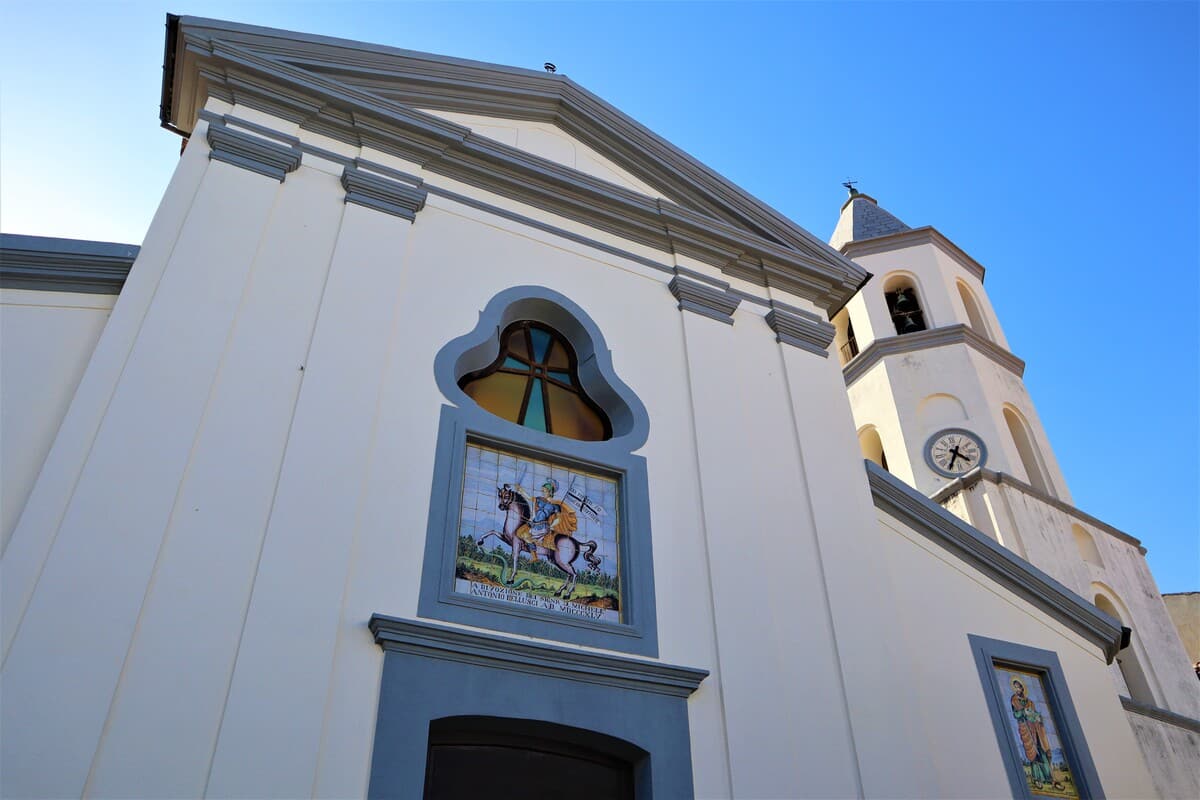San Costantino Albanese is located 650 meters above sea level, in the Pollino National Park, and its history is characterized by a strong Arbëreshë presence who, after the occupation of Albania and Greece, fled precisely to southern Italy. The culture is still that of the time, with many Albanian traditions. To see the local artefacts and customs up close you can visit the Casa Parco, the Ethnomuseum of Arbereshe Culture and the Library of Albanian Culture. The area is truly a perfect cultural mix, to the point that bilingualism is implemented by law, even in the signage and throughout the administration, in addition to Italian, Albanian is used. It was the King of Naples who welcomed them, bringing an economy based mainly on the cultivation of chestnuts, olives, linen and cotton.
Among the most important historical sites is Palazzo Pace, which dates back to the 18th century and was once the site of a nursery school run by nuns, later used as a private home. Among the most interesting churches are the Church of the Madonna delle Grazie, small in size but very important, and the Church of San Costantino, which dates back to the 1600s and is much larger with a division into three parts: Costantino, Pietro and Paolo. The Sanctuary of the Madonna della Stella, the town's co-patron saint, is worth a visit because it is surrounded by olive trees. Legend has it that it was built following an apparition of the Madonna to a little girl. All that remains of the original building is the dome; all the rest has been restored.
Unmissable and exciting events in the village
When you visit San Costantino Albanese you have to take part in the life of the village to discover all its essence. One of the most heartfelt festivals in the village is the feast of the Madonna della Stella, always celebrated on the second Sunday in May, during which the Nusazit, life-size papier-mâché puppets that are literally blown up, start a long procession.
This tradition unites the whole community in a day of heartfelt rituals and the exploding of the Nusazit is considered a good omen for the entire community. The puppets that are burnt at the stake are dressed in special clothes. This tradition also has strong Mexican influences. They are particularly realistic characters: a woman, a shepherd, two blacksmiths and a devil. All wearing typical Albanian costumes.
The woman is dressed in Albanian costume; the shepherd, in traditional costume, has a pointed hat and carries two wheels of cottage cheese; the devil, is depicted with two faces, four horns, his feet are like a horse's hoof and in his hand he holds a gallows and the chain of the cauldron. All are dressed in typical Albanian costumes.
In addition to the Nusazit, another papier-mâché puppet is prepared, the Horseman on Horseback, which is placed in the centre of the square and then carried through the streets of the village before being set on fire.
What to do in your free time: between nature and historical visits
History and culture lovers should visit the Parish Church of San Costantino il Grande, the largest and most important in the town, with free admission. The local parish church and the Palazzo Pace are also very impressive. For those who prefer open-air excursions, there is nothing better than the Parco del Pollino with a nice walk in the nature or a visit to the amusement park of the same name that allows you to experience real adventures among the trees.
Among the recommended itineraries are the one from San Costantino to Casa del Conte, the one towards the Fosso Parature waterfall and the one to the Rocky Gardens in the historical centre. The municipality is located in a truly privileged spot from a natural point of view, since it is immersed in the Mediterranean maquis but has very different structural characteristics that recall even different places. Another must-see is the Volo dell'Aquila (Eagle Flight), a structure that allows you to literally fly with a sort of cable car over the entire valley. It is an incredible experience at 90 kilometres per hour.
What to try, local specialities
There are many small restaurants and refuges in the area, where you can taste the best of local produce surrounded by nature. Many of them prepare dishes using zero kilometre products. Don't miss the semolina, broad bean and chicory cakes, the ciammotta, cavatelli with turnip tops, salt cod, pasta with sausage and rice fritters.
Strolling through the country, a very nice souvenir is textiles, in fact the area is famous for the processing of wool and linen. It is also fascinating to meet the locals and discuss all the local traditions. The village, which has about 600 inhabitants, is small but very welcoming. They are all happy to have travellers and tourists and are therefore particularly hospitable.


